| Japanese | English |
Before the construction of Tsuyama City music hall, 1/10 scale model measurement was performed for designing the acoustical materials, such as columns around the wall and ceiling diffuser panels. See this article for more information about the experiment.
In this report, the results of the scale model measurement will be summarized, and how to analyze the impulse response data will be explained.
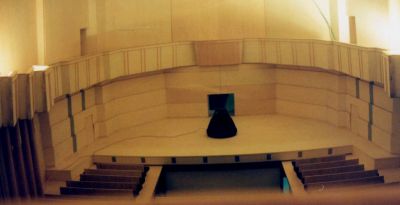 |
This is a photo inside the scale model. Omni-directional speaker was placed on the stage. |
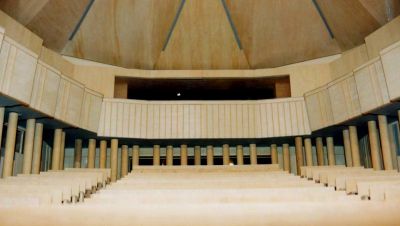 |
Number of columns are installed inside the hall to increase the diffused reflection from the side walls. This design is inspired from the excellent acoustic environment of forest. |
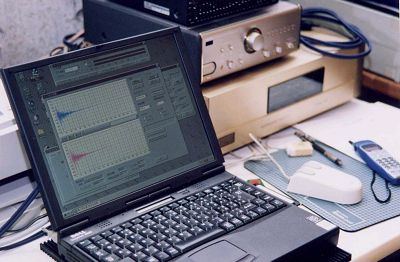 |
Binaural impulse responses were measured using the MLS (Maximum Length Sequence) signal. TSP (Time Stretched Pulse) signal is also available now. It is much more robust against noise, and very clean impulse response can be obtained. |
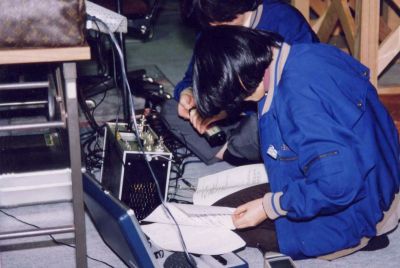 |
| Measurement date | 20 February 1998 |
| Data analysis date | 4 June 2003 |
| Measurement place | Tsuyama, Japan |
| Microphone type | ACO DH-7046 Condenser Microphone |
| Microphone size | 1/10 dummy head |
| Microphone amplifier | B&K Type 5935 |
| PC | Dell Inspiron 3000 |
| OS | Windows95 |
| Software | DSSF3 |
| Loudspeaker | KENWOOD OMNI-7 |
Block diagram of the measurement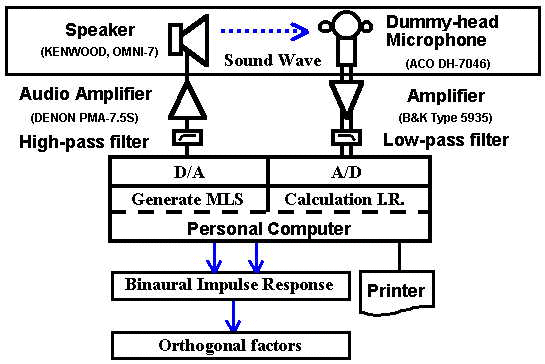 |
|
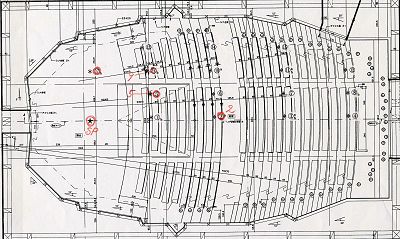 |
Scale model: plan view Measurement was performed for 16 positions in the audience area. System test was done at point 2. |
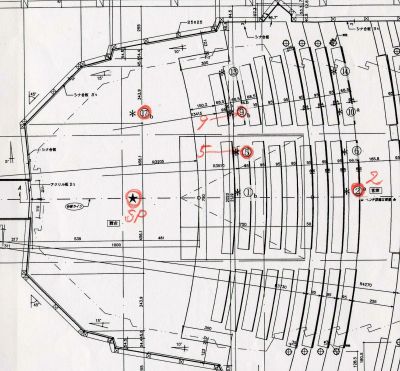 |
Scale model: plan view around stage area
SP (* mark) indicates the location of the loudspeaker. It was located on the center of the stage. |
Before the actual measurement, measurement system itself is tested carefully. Speaker check, direct connection check, microphone check, and so.
This is a test for direct connection of input and output. Impulse response shows no problem.
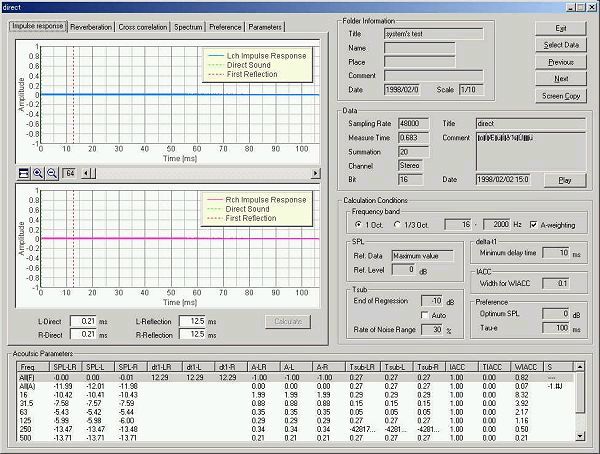
In this test, MLS signal was used for left channel and pink noise was used for right channel.
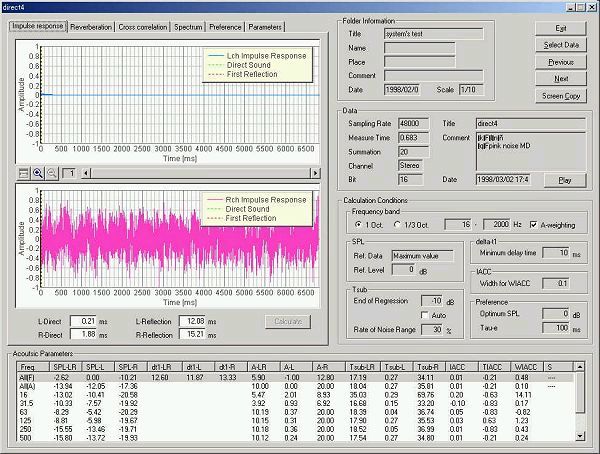
This is a test for synchronization.
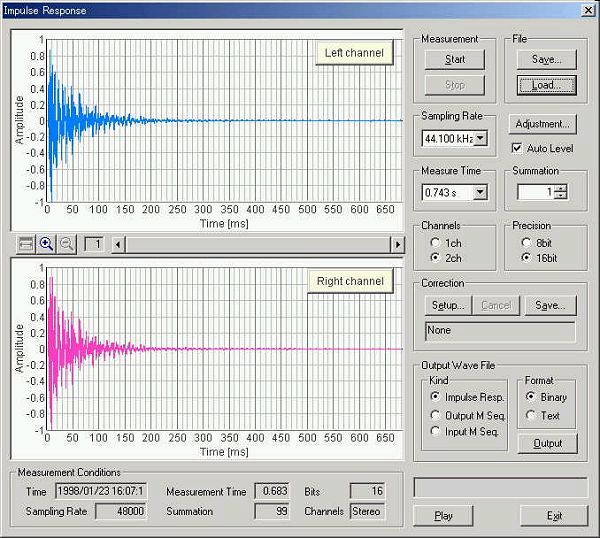
Below is a main window of the Sound Analyzer. Measured data in the Realtime Analyzer is analyzed later.
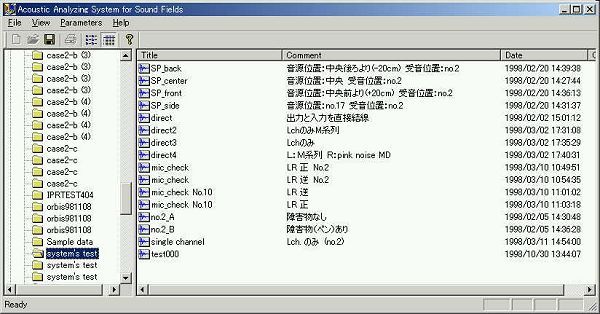
June 2003 by Masatsugu Sakurai